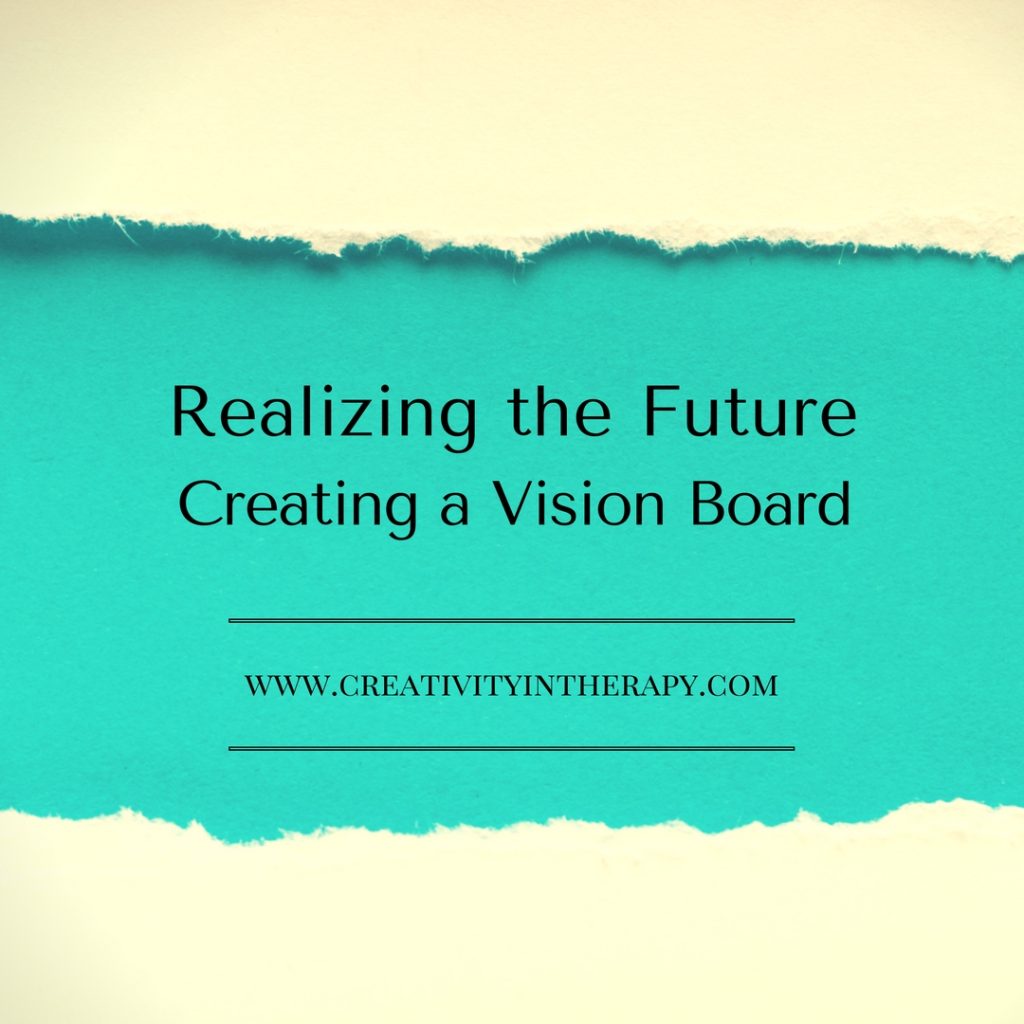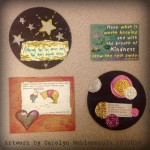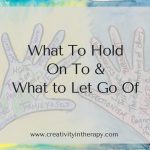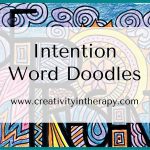
Recently, I had the experience of making my first vision board, something that I approached with mixed feelings. For those who are not familiar with this, a vision board is a way to visually represent the things that one wants to realize for the future. Some people create a yearly vision board for what they hope to have in the next year. Others may create vision boards with a more long-term perspective. You can create a vision board for your life as a whole, or focus on a particular aspect, such as a new business venture.
What all vision boards have in common is that they should depict, through images and words, your ideal future with the purpose being that your vision board will help you to achieve this desired future. I have decided not to post a picture of my own vision board and to keep it private, but a quick internet search will give you plenty of examples.
I approached my vision board with some skepticism, being unwilling to buy into the idea that just by creating this collage my life would somehow change and manifest what I was wishing for. However, I did end up feeling that creating my vision board was a worthwhile process. Through the process of choosing my images, I was able to clarify my goals and hopes, think about what I consider to be truly important in my life, open my mind to the possibility of having the life and business that I want, and inspire myself to keep moving forward.
By keeping this vision board in mind, I will be able to make choices and do the work necessary to move toward that desired future. I think that this is an important aspect of vision boards – you will still have to do the hard work necessary to achieve your future. Another benefit I found of making my vision board was in giving myself permission to dream of and expect the life that I want. So often we just sit and wait for what life brings us, reacting to the events of our lives instead of being proactive in working toward our desired future. Other times we may not believe that we are worthy of the ideal future, thus not even trying for it or unconsciously sabotaging ourselves. Creating a vision board can be a helpful exercise in believing that your deserve the things that you want and opening yourself to the possibilities.
In doing some research about vision boards, I found that there are some different approaches to consider. One way to create your vision board is to first think about the things that you want and then find pictures of them. This can be a helpful way to lay out your dreams and goals for the future, but can have the downside of limiting our vision or leading us to focus on the more tangible things in life – a beautiful house, a nice car, a beach vacation.
Another way to approach your vision board is to choose images and words from an intuitive or “gut reaction” perspective. In looking through images, choose the ones that speak to you or interest you in some way, even if you have no idea what they mean. Try to quiet the judgmental and logical part of your brain as you do this. In her article on how to create a vision board, Christine Kane calls this an “Opening and Allowing” approach. After you have chosen your images, you can explore what they may be saying, what they reflect about you, and then wait to see how they might manifest in your life. This approach stimulates your creativity and self-exploration, as well as opening you to an ideal future that is in line with who you really are, not what you just think you should want.
I have also come across some online critiques of the concept of vision boards and feel that these perspectives have some definite merit. Neil Farber suggests in an article on his Psychology Today blog that we should throw away our vision board and create “action boards” instead. He shares research that suggests that excessively positive fantasizing about the future can actually lead to poorer outcomes, but visualizing all the action steps toward a goal can improve outcomes. I think his point is important – we cannot just dream something and expect it to happen; we also need to take action and make the necessary steps to achieve our dreams (which is why I have created both a vision board and a business model with action steps for my private practice).
I’ll leave you with this quote from Martha Beck in her article about vision boards:
“Sparking your incredibly powerful creative faculty is the reason you make a vision board. The board itself doesn’t impact reality; what changes your life is the process of creating the images—combinations of objects and events that will stick in your subconscious mind and steer your choices toward making the vision real.”
I would love to hear from others: Have you made a vision board and found it to be helpful?
Never miss a post! Click her to sign up for the email newsletter.
Carolyn Mehlomakulu, LMFT-S, ATR is an art therapist in Austin, Texas who works with children, teens, and families. For more information about individual therapy, teen and child counseling, family therapy, teen group therapy, and art therapy services, please visit: www.therapywithcarolyn.com.
This blog is not intended to diagnose or treat any mental health conditions. All directives, interventions, and ideas should be used by qualified individuals within the appropriate bounds of their education, training, and scope of practice. Information presented in this blog does not replace professional training in child and family therapy, art therapy, or play therapy.
This blog includes affiliate links (see full disclosure here). If you’d like to help support the blog without any extra cost to you, please click through on Amazon links and shop as you normally would. Your support is greatly appreciated!





I have not made one since my art therapy training, however making one again has recently been on my mind. Your post has inspired me to start one, thank you!
Hi Nicole, thanks for reading! Hope you find your vision board to be helpful. In the past month I have definitely thought of my vision board several times in considering whether I am moving toward my hopes and ideal future in the decisions that I make.
Indeed, the power of the mind is crucial in fighting off stress. Mindfulness is another technique which is basically characterized by accepting the things and the circumstances that are happening to your life at the moment.
ilchi lee brain wave vibration
Hi Carolyn,
I really enjoyed this article. I facilitate vision board workshops and actually pair up mindfulness with the vision boarding activity. It seems very effective.